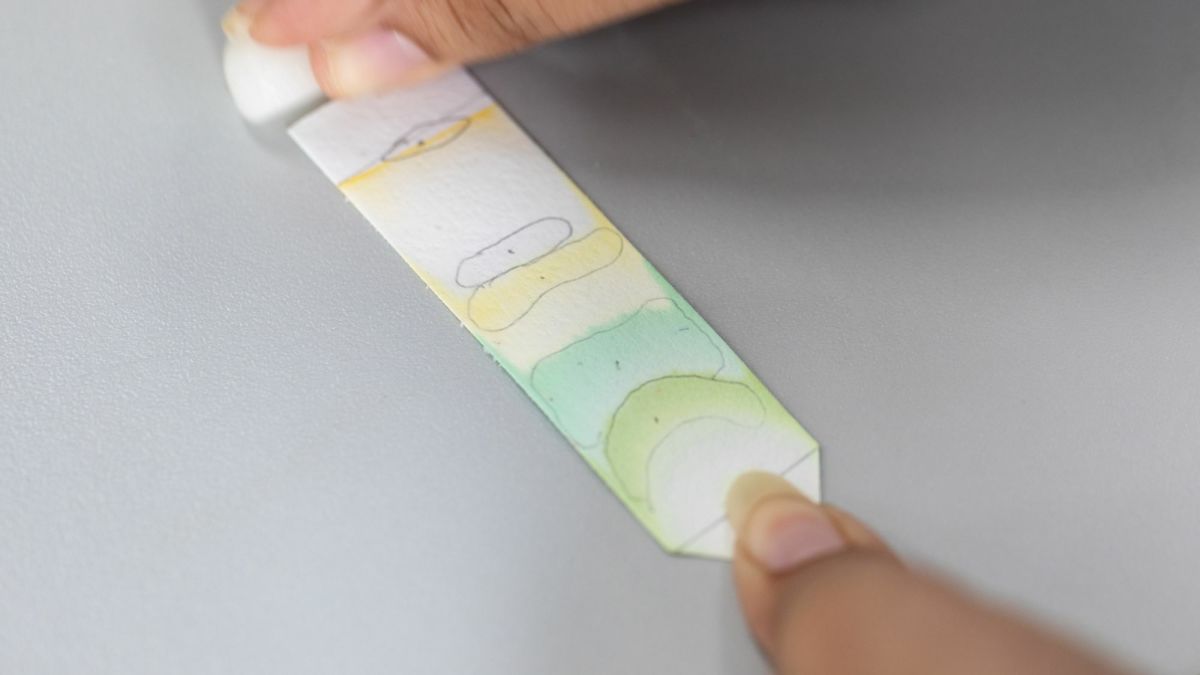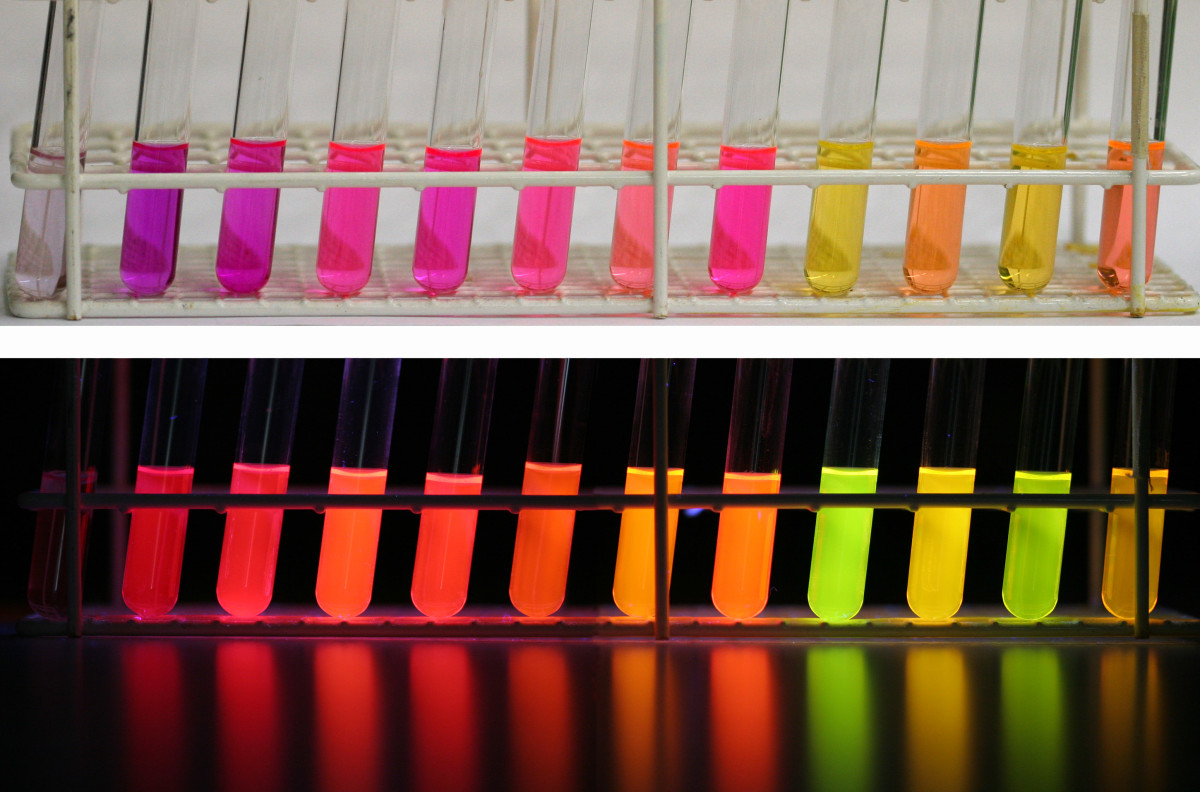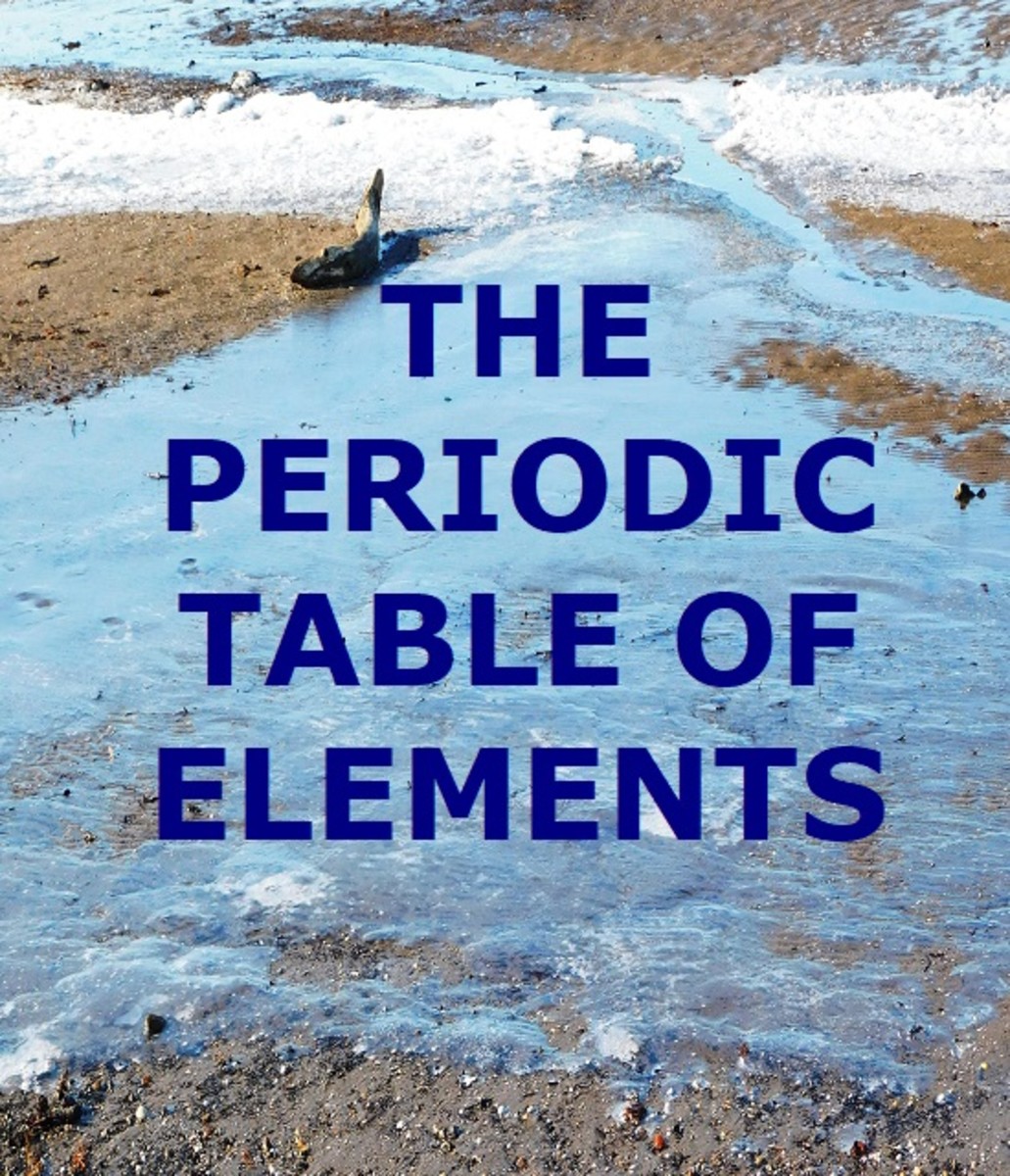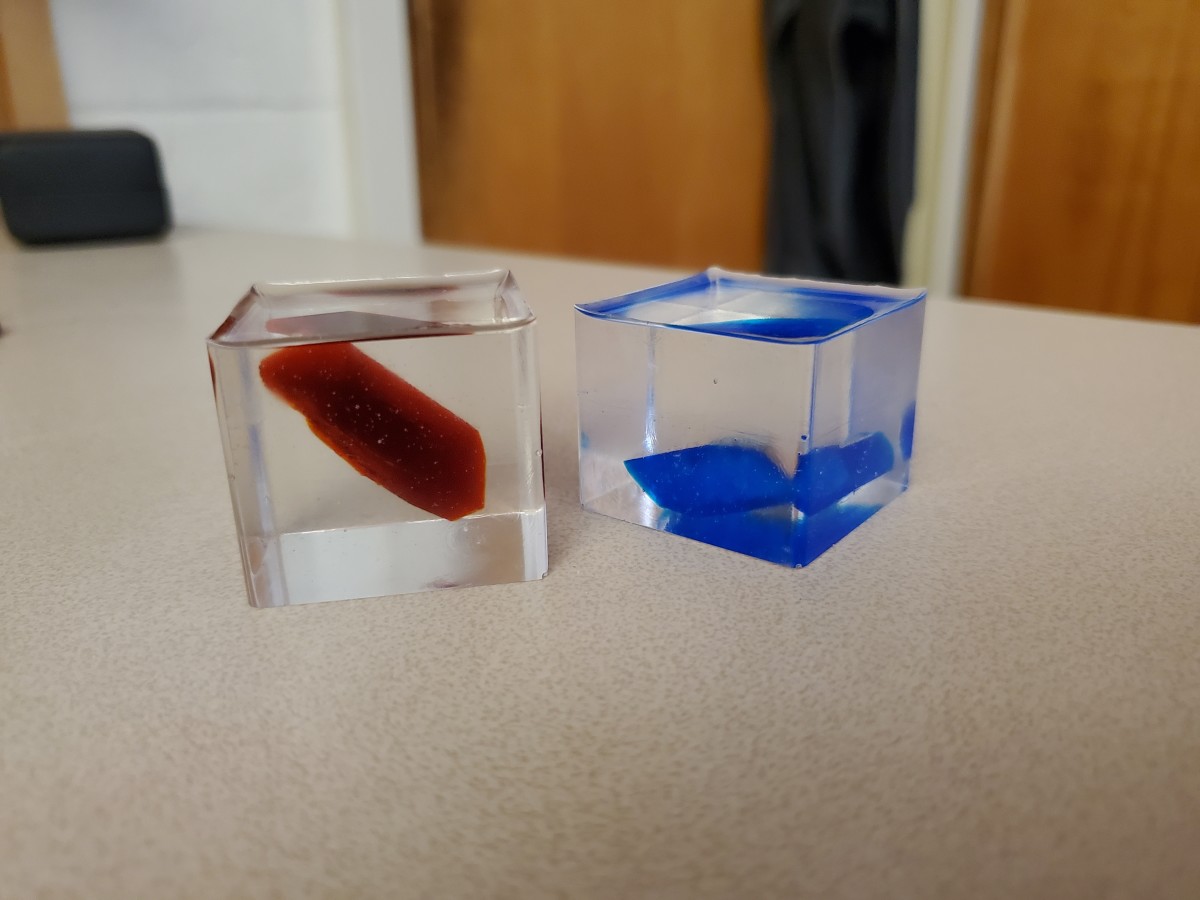Chromatography explanation in simple words and experiment
Explanation
Color Chromatography of Chlorophyll
Click thumbnail to view full-size
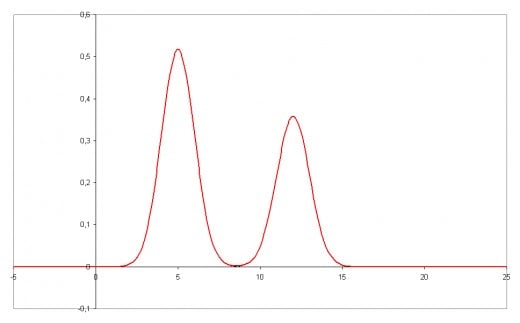
Chromatography
Chromatography, (from Green chroma "color" and graphein "to write") is term used for different lab techniques used for separation of mixtures generally for the purpose of identification. There are a wide range of chromatography products and techniques that are used in the modern laboratories. In modern day science, Chromatography equipments, like Gas chromatography(GC) and HIgh pressure/performance liquid chromatography (HPLC) are essential components of laboratories whether it is Academic lab, FDA testing lab or a FBI crime lab.
No matter what kind of instrument is being used, the concept being used is pretty much the same. In most of the instruments used for chromatography, a sample, which is usually a complex mixture of different chemicals( usually with different physical properties, like boiling point, affinity, polarity, etc) pass through a medium(called a column, made up of wide range of materials, and found in different shape, size and type) at different speed due to the difference in properties. There is a different instrument(detector) that is usually used with the chromatography instruments to measure the amounts of each of the components separated.
Some of the most commonly used chromatography techniques/instruments are:
- Paper Chromatography
- Thin Layer Chromatography
- Electrochromatography
- Gas Chromatogrpahy (GC)
- High performance liquid Chromatography(HPLC)
Chromatography
Please, refer to the following video for an explanation of chromatography and a simple experiment to understand chromatograhphy.


